From ’s e-Nable, a network of volunteers who manufacture cheap prostheses to additive manufacturing projects to give medical treatment astronauts during their time in space, 3D printing is increasingly being used for healthcare.
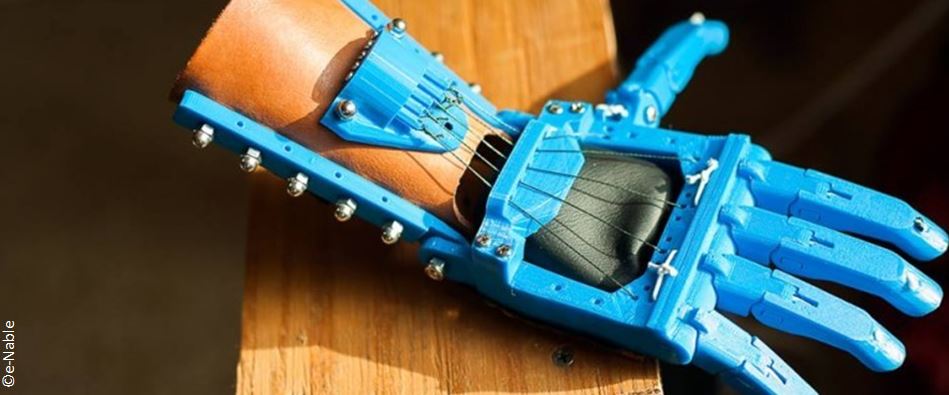
Thanks to e-Nable France and 3D printing, the Christmas season was filled with moving stories. Father Christmas brought hand prostheses to children. A young girl called Lola, suffering from congenital malformation, received her first articulated device, neatly painted pink, thanks to a skilled prosthetics-maker from her region. In late 2016, 6-year-old Chaï was able to put on a Batman-themed hand, which will be regularly updated as he grows up and his tastes change.
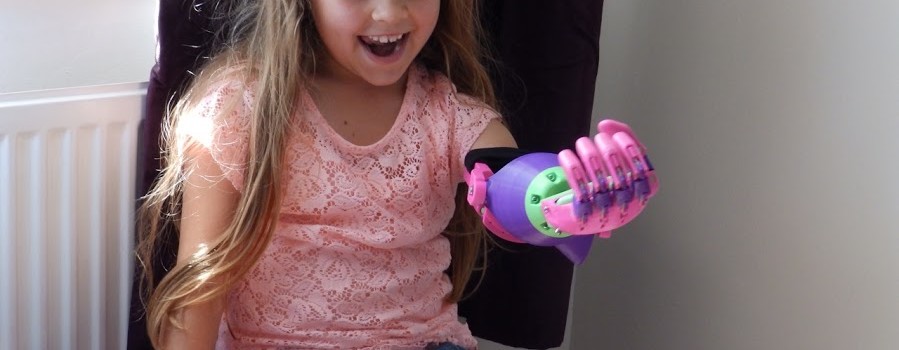
And there will be more and more of such moving stories: because these out-of-the-ordinary presents are made by volunteers for e-Nable France, who freely offers to build mechanical prostheses. The charity relied on people’s generosity to cover the expenses: the cost of 3D printing is ridiculously low, around a few dozen euros. Aside from the specific needs of 3D printing, e-Nable’s volunteers become humanitarian handymen, with just some thread, fishing wire, screws, foam and Velcro and other cheap materials that are easy to find.
“Giving the world a helping hand” by connecting people in need of a device with volunteers, that’s e-Nable France’s task. Created in 2015 by Thierry Oquidam, a former CIO, the organisation is now a registered charity. It has already fulfilled more than 45 requests, approved the skills of some 40 prosthetics-makers (400 are pending), won prizes from several insurance companies, and attracted significant media coverage.
e-Nable France is part of the Enabling the Future network, created in 2014 in the US. During the first year, some 5,000 volunteers were interested by the network. The community is opening out to pupils, students, and teachers who during workshops get to discover additive manufacturing for the human body. Experts in robotics also voluntarily design customised models. For almost two years now, in many countries all across the globe, Enabling the Future chapters are sprouting for children and adults who miss a hand or an arm since an accident or from birth.
The augmented Man thanks to 3D printing
The list of medical possibilities for additive manufacturing and bio-printing is still growing. At the 2017 CES in Las Vegas, Eden, a French start-up presented a digital-shaping and printing of tailored foot prostheses, from a digital footprint, with an accuracy of a tenth of a millimetre. A small revolution for chiropodists in terms of quality, time and patient follow-up.
Bio-printing or body tissue printing with research labs now concerns many parts of the human body: creating artificial bones for reconstructive surgery, rebuilding meniscus cartilage, manufacturing biodegradable stents out of citrus fruit. Stents are tiny springs that are inserted into an artery to prevent the risk of heart attacks.
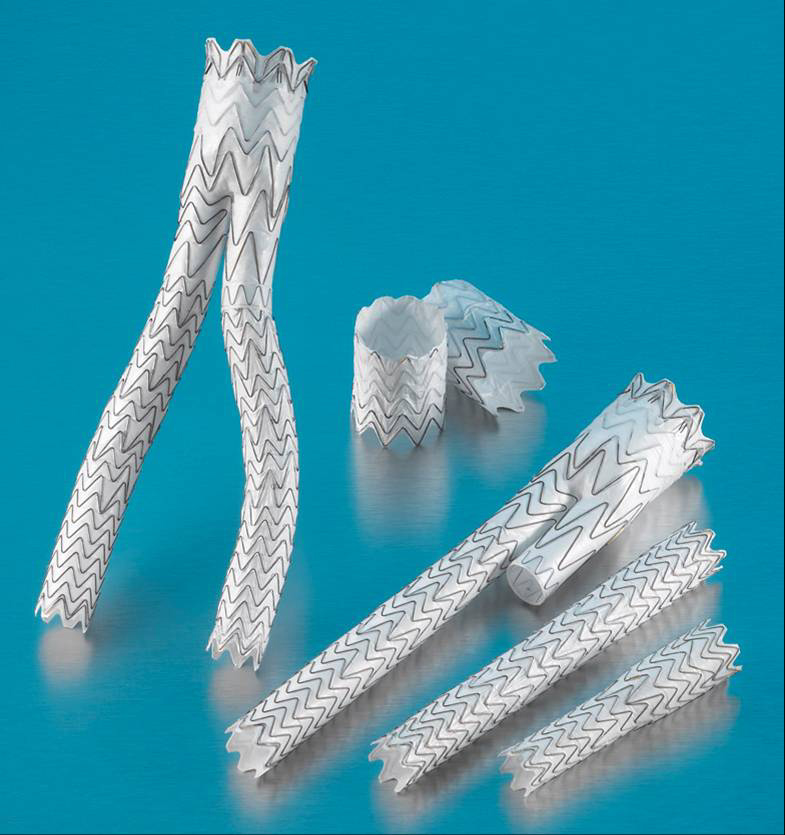
Treating baldness and a medical innovation for astronauts
As for cosmetic uses, L’Oréal has initiated research to treat abnormal hair loss (12 million people abnormally lose hair in France), with young French laser biotech company Poietis. Their target: “to bioprint and implant a hair follicle, the small organ that produces hair” by 2018.
And far above our heads, astronauts of the ISS will be able, as soon as early this year, to use 3D printing for medical purposes. Splints, fillings to treat dental cavities will be designed —on earth— based on laser scans and measurements sent from space. They will be 3D-printed directly on board: an unprecedented medical breakthrough by a Canadian company.
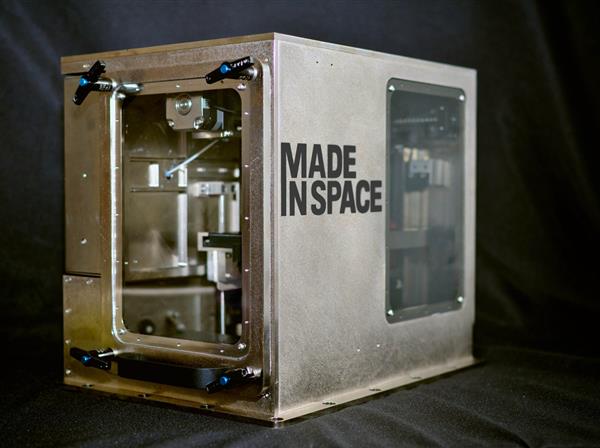










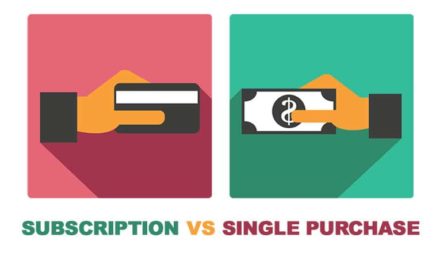
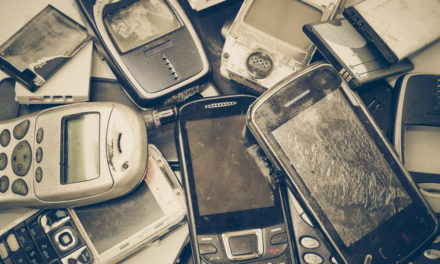




A great example of technology helping people – we all get so insulated by the march of technology – brilliant!!
informative write up and also this provides a ray of hope to those who need help medically. Due to high accuracy and ability of using almost all materials now, 3D printing has proved to be a boon to mankind. If we talk about prostheses, sure like mentioned in this article is very low cost if formed using 3D printing. And again creating hair follicle is going to be a new big innovation, considering how many people face hair loss throughout the globe. 3D printing is being employed by almost all industries, but being part of 3D printing service industry i can say with surety medical field is having lot more research going on than any other and its greatly benefiting society as a whole.